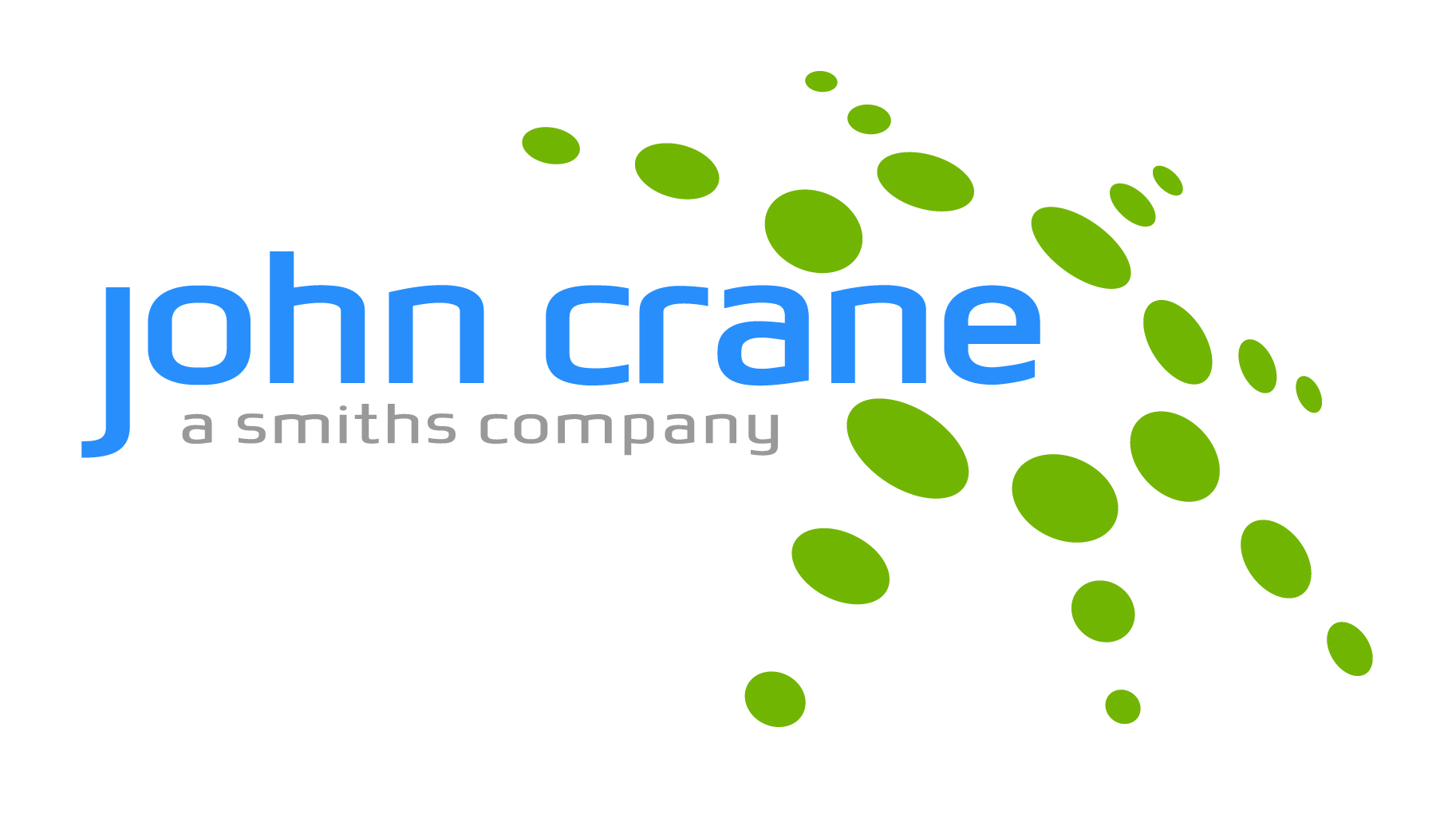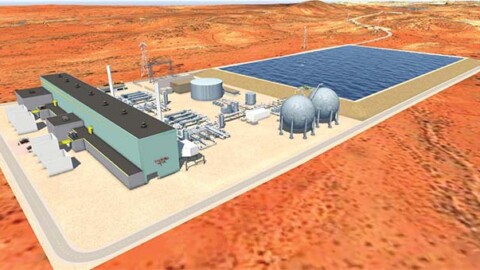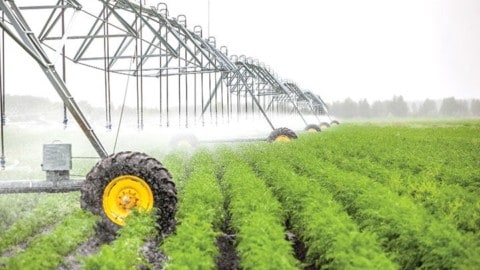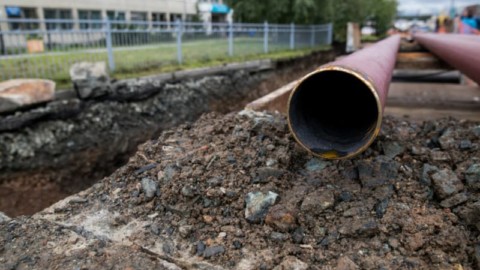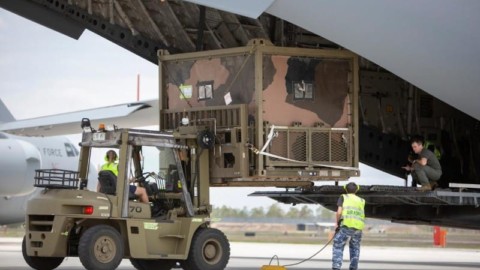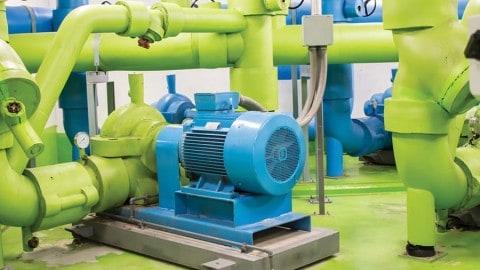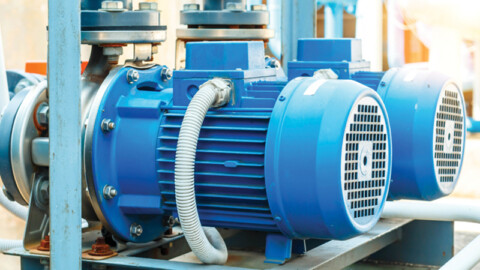By Heinz P. Bloch, PE, Process Machinery Consulting
Global warming is a scientific reality governed by facts that the well-informed will never dispute. Adversely trending warming effects and shifting weather patterns have contributed to catastrophic famines, destruction of forests, huge stresses on sea life, disastrous floods, and the loss of human and physical assets. These and others have been widely observed and authoritatively documented. Fortunately, the curtailment of CO2 emissions by modern industry is possible today; it will go a long way towards reducing the destructive action that results when this gas freely escapes into the envelope of protective gases surrounding our living space.
The earth was designed with leafy vegetation and oceans that take up CO2 from the atmosphere and absorb around one third of the CO2 created by fossil fuel burning and deforestation.
However, as the concentration increases, acidity also increases, and marine life suffers. Net zero carbon emissions are feasible but require the earnest cooperation of industry leaders.
In this regard, UK-based AES Engineering Ltd was exemplary when, in 2021, it went beyond net zero. In 2021, its global business activities delivering CO2e (the “e” denotes equivalent savings) matched the CO2 absorption of more than 18 million mature trees, according to figures obtained by one of the world’s leading standards organisations, the British Standards Institution (BSI).
Emission scopes defined Industry’s carbon footprint from direct, indirect, and supply and value chain emissions can be defined. The relevant coverage is divided into emission scopes.
The three scopes are:
- Scope 1: Direct emissions from owned or controlled sources
- Scope 2: Indirect emissions from the generation of purchased energy
- Scope 3: Indirect emissions (not included in Scope 2) that occur in the value chain of the reporting company, including both upstream and downstream emissions
 Solid achievements verified and quantified
Solid achievements verified and quantified
In what may be a first for a major engineering company, BSI has verified that the activities of AES Engineering Ltd generated CO2e savings of 464,000 tonnes (of 1,000kg/2,204lbs each), resulting in a net benefit of 375,000 tonnes of CO2e. It was favourably noted that the Scope 3 emissions in the supply and value chain were just under 90,000 tonnes of CO2e.
The group’s CO2e saving record is equivalent to offsetting the CO2e emissions resulting from the production of 416,000 tonnes of cement or 97,000 tonnes of steel; this also equals preventing the burning of 150,000 tonnes of coal. To put these figures into perspective, a recently reported carbon capture scheme at an advanced waste incinerator in Oslo (Norway) costing £870 million is expected to save around 400,000 tonnes of CO2e annually.
In the UK, the government is currently investing just under £200 million to fund 4,000 zero emission buses which are expected to result in a net reduction of 57,000 tonnes of CO2e annually. This number equates only to about 15 per cent of the savings resulting from the AES group’s global business activities. Achieving Scopes 1, 2 and 3 last year was calculated (in 2021) at 94,000 tonnes of CO2 equivalent (CO2e).
In addition to buying green energy, installing solar panels and other environmental investments, the group purchased 5,000 tonnes of CO2 offsets from “gold standard” schemes, which completely neutralised the impact of the Scope 1 and Scope 2 emissions.
Maintaining a positive carbon balance sheet
Since the group markets reliability products and services that save energy, water and cut pollution, when this impact is considered, the “carbon balance sheet” is strongly positive at 375,000 tonnes of CO2 saved. In the as-stated case of AES Engineering, BSI’s carefully verified numbers showed that Scope 3 (bad) emissions originating from suppliers of metal, raw materials, equipment bought etc., were only a fraction of the Scope 3 (good) emissions avoided by the customer’s activities.
AES helped its customers reduce their CO2e emissions and Scopes 1 and 2 were neutralised by buying offsets. The group’s Scope 3 emissions were self-neutralised since the group’s professionals helped avoid more customer-generated CO2 than was emitted by the customers’ suppliers. Accordingly, the results have gone beyond net zero.
An important summary
Seasoned reliability professionals at AES Engineering can proudly point to their support of a highly commendable target, ie. getting beyond net zero by 2029. This target was reached eight years ahead of schedule thanks to a group-wide effort and the #29by29 pledge to invest £29 million by 2029 in environmentally-friendly projects.
More than £7 million has been committed already but the engineering company intends to keep on going and will continue to support the so-called “Betterworld Solutions Initiative”. The initiative encourages global industry to prioritise environmentally- friendly investments.
The journey to prove that the results had gone beyond net zero was not an easy one.
Most existing accreditation schemes for net zero only calculate the carbon “balance sheet” for the direct emissions in company-owned facilities or vehicles, and indirect emissions from electricity, steam, and heating and cooling.
BSI worked with AES to find a solution to calculating the net impact of the group when Scopes 1, 2 and 3 are considered. This is vital since controlling supply chain emissions in industry (Scope 3) is essential if the earth must reach the net zero target.
Global industry needs to show it has a conscience about the environment. In the 1950s and 1960s, businesses were all about unbridled capitalism and profits. In the 21st century, the forward-looking company covered by these commendable findings learned to embrace all stakeholders, meaning its employees, customers, suppliers and affected communities.
The company’s “29by29” investment makes the statement that its most important stakeholder is the planet. Accordingly, they took tangible steps to limit and even avoid moving ever closer to the looming cataclysmic events.
As highly competent reliability professionals we must believe in leadership. The time has come to put in place responsible and actionable countermeasures; doing so without further delay is critically important. It is futile to hope that a tortured planet will magically self-heal and navigate around the existing calamity. Many parts of the earth are experiencing disasters even as we speak, and neither waiting nor endlessly debating the issue represent sensible abatement strategies.
About the author
Heinz P. Bloch (1933-2022) resided in Montgomery, Texas. His professional career commenced in 1962 and included long-term assignments as Exxon Chemical’s Regional Machinery Specialist for the United States. His over 800 publications include 24 comprehensive books on practical machinery management, failure analysis, failure avoidance, compressors, steam turbines and pumps. He held B.S. and M.S. degrees (cum laude) in Mechanical Engineering and is an ASME Life Fellow with lifetime registration as a Professional Engineer in New Jersey.





